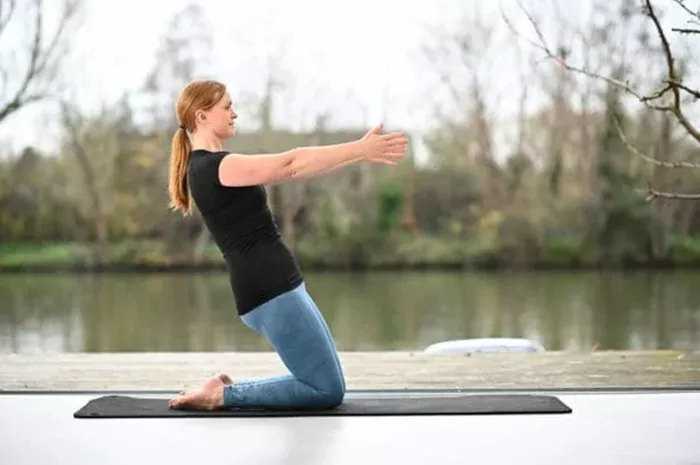Yoga is just as effective as conventional strength training in managing pain and improving physical function in people with knee osteoarthritis (OA), according to a new study published in JAMA Network Open.
Osteoarthritis, a debilitating musculoskeletal condition, affects over 595 million individuals worldwide. Exercise therapy is widely recommended as a first-line, non-pharmacological treatment to address joint pain and functional decline associated with the condition. Among the various exercise options, yoga and strength-based programs are frequently used — but until now, little was known about how their benefits compare.
In a head-to-head clinical trial, researchers evaluated both exercise modalities and concluded that neither yoga nor strength training was superior. Over the course of 12 weeks, participants in both groups experienced significant reductions in knee pain, with no clinically meaningful difference in outcomes.
The study involved 117 participants from Southern Tasmania, Australia, all of whom reported moderate to severe knee pain, scoring 40 or higher on a 100 mm visual analog scale (VAS), a standard tool used to measure pain intensity. Participants were randomly assigned to either a yoga group (58 individuals) or a strengthening exercise group (59 individuals), with more than 70% of the participants in both groups being women.
Each group followed a 24-week intervention schedule, beginning with two supervised sessions and one home-based session per week for the first 12 weeks. This was followed by three home-based, unsupervised sessions weekly for the remaining 12 weeks.
The primary focus of the study was to measure changes in knee pain at the 12-week mark. Both groups showed reduced pain, but the average difference in VAS pain score between them was a negligible −1.1 mm—far below the 15 mm threshold needed to consider one treatment significantly better than the other.
These findings underscore yoga’s potential as a viable, low-impact alternative or complementary therapy to traditional strengthening routines. The researchers emphasized yoga’s holistic approach, which incorporates breathing techniques, physical postures, and mindfulness to alleviate stress, enhance flexibility, and support pain relief. In contrast, strength training primarily works by reinforcing the muscles around the knee, thereby reducing mechanical strain and improving joint function.
Despite frequent recommendations in clinical guidelines, previous studies examining yoga for knee OA have been limited by small sample sizes, inconsistent diagnostic criteria, and high risk of bias. This new study stands out by offering a more rigorous comparison with standardized methods.
Experts say incorporating yoga into standard care practices could bring broader benefits to patients—not only reducing knee pain, but also improving quality of life and mitigating depression often associated with chronic pain conditions.
In conclusion, the research offers strong evidence that yoga can hold its own against traditional strengthening exercises for managing knee OA. For patients seeking effective, non-drug-based relief, yoga emerges as a promising and accessible option.
Related topics:
Sleep Boosts Long-Term Memory for Life Events
Decline in Physical Activity Among Young Adults, Study Finds
Relaxation Techniques Show Short-Term Blood Pressure Benefits


